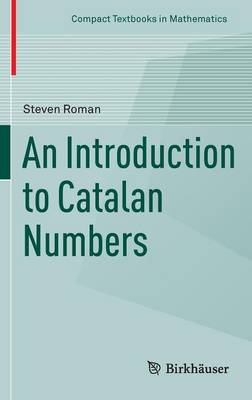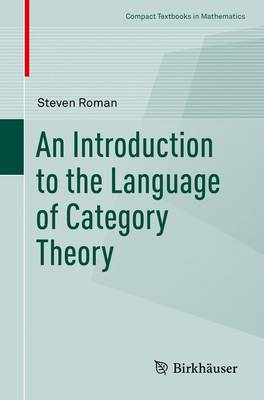Compact Textbooks in Mathematics
2 total works
This textbook provides an introduction to the Catalan numbers and their remarkable properties, along with their various applications in combinatorics. Intended to be accessible to students new to the subject, the book begins with more elementary topics before progressing to more mathematically sophisticated topics. Each chapter focuses on a specific combinatorial object counted by these numbers, including paths, trees, tilings of a staircase, null sums in Zn+1, interval structures, partitions, permutations, semiorders, and more. Exercises are included at the end of book, along with hints and solutions, to help students obtain a better grasp of the material. The text is ideal for undergraduate students studying combinatorics, but will also appeal to anyone with a mathematical background who has an interest in learning about the Catalan numbers.
"Roman does an admirable job of providing an introduction to Catalan numbers of a different nature from the previous ones. He has made an excellent choice of topics in order to convey the flavor of Catalan combinatorics. [Readers] will acquire a good feeling for why so many mathematicians are enthralled by the remarkable ubiquity and elegance of Catalan numbers."
- From the foreword by Richard Stanley
The goal of this book is to present the five major ideas of category theory: categories, functors, natural transformations, universality, and adjoints in as friendly and relaxed a manner as possible while at the same time not sacrificing rigor. These topics are developed in a straightforward, step-by-step manner and are accompanied by numerous examples and exercises, most of which are drawn from abstract algebra.
The first chapter of the book introduces the definitions of category and functor and discusses diagrams,duality, initial and terminal objects, special types of morphisms, and some special types of categories,particularly comma categories and hom-set categories. Chapter 2 is devoted to functors and naturaltransformations, concluding with Yoneda's lemma. Chapter 3 presents the concept of universality and Chapter 4 continues this discussion by exploring cones, limits, and the most common categorical constructions - products, equalizers, pullbacks and exponentials (along with their dual constructions). The chapter concludes with a theorem on the existence of limits. Finally, Chapter 5 covers adjoints and adjunctions.
Graduate and advanced undergraduates students in mathematics, computer science, physics, or related fields who need to know or use category theory in their work will find An Introduction to Category Theory to be a concise and accessible resource. It will be particularly useful for those looking for a more elementary treatment of the topic before tackling more advanced texts.

